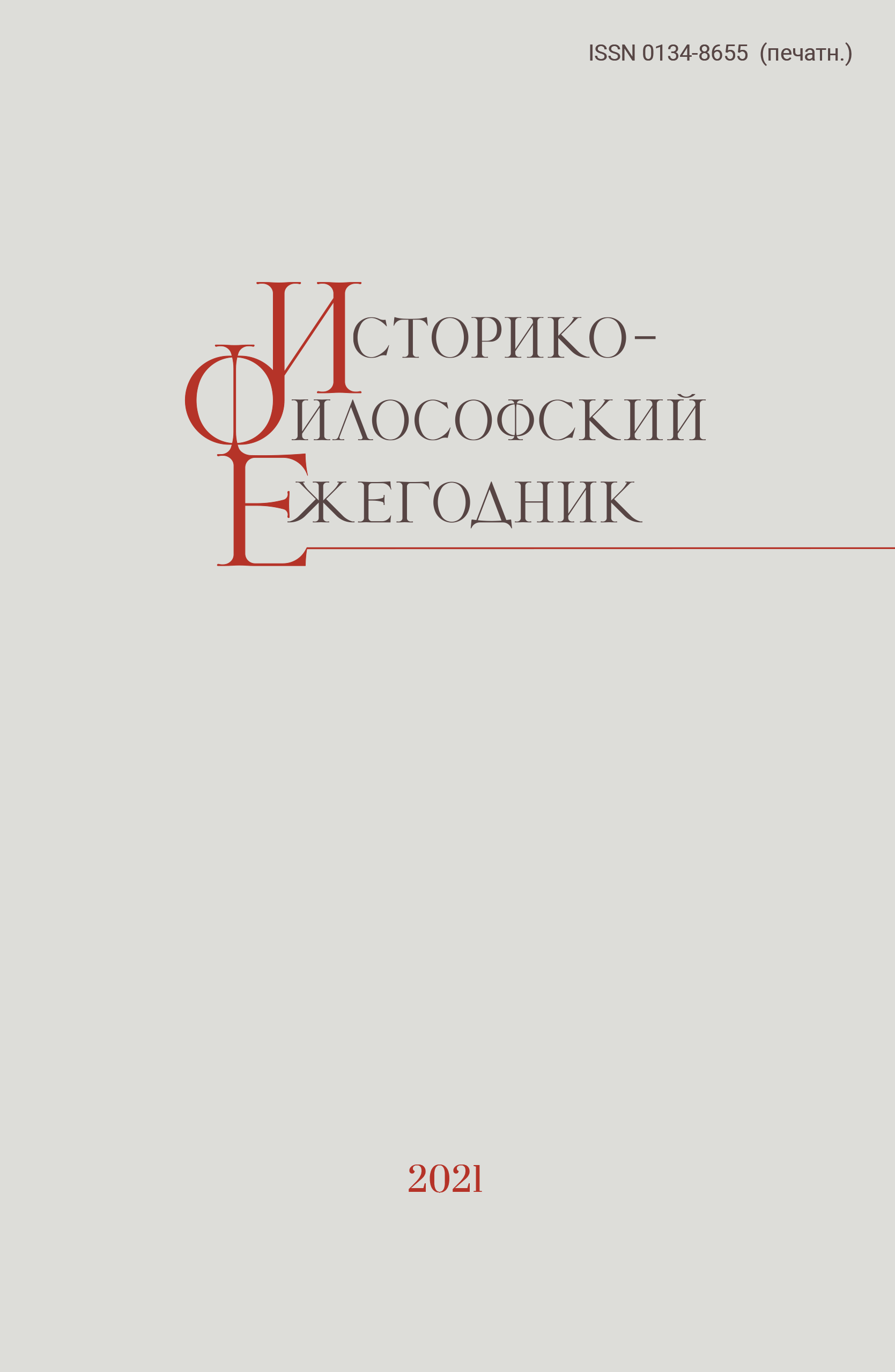The Upside-Down Man, the Overturned World: Transmigrations of a Motive
Keywords:
Plato, the upside-down man, the overturned world, apocrypha, Dmitri Merezhkovsky, agrapha, topos, tradition, revolutionAbstract
The paper discusses the concept of the “inverted man” from Plato’s Timaeus and the peculiarities of its transformation in the apocryphal Christian Martyrdom of the Apostle Peter and Martyrdom of the Apostle Philip, and in Dmitry Merezhkovsky’s Jesus the Unknown. It is argued that Plato compares the entry of the soul into the body with turning a person upside down, which leads to the inversion of their perception of right and left, true and false. The apocryphal martyrdoms borrow from the Timaeus the simile of the inverted man, interpreting it in terms of the Old Testament narrative about the expulsion of Adam from paradise, which resulted in the existential overturning of human existence and the reversal of his epistemological criteria and values. From the apocryphal Martyrdoms Merezhkovsky borrows Jesus’ logion containing a call to invert all coordinates. He interprets it as a task to break out of three-dimensional Euclidean space into the divine reality of the “fourth dimension.” In the spirit of his time, Merezhkovsky transforms the motive of the universal overturn into the concept of a spiritual revolution.

